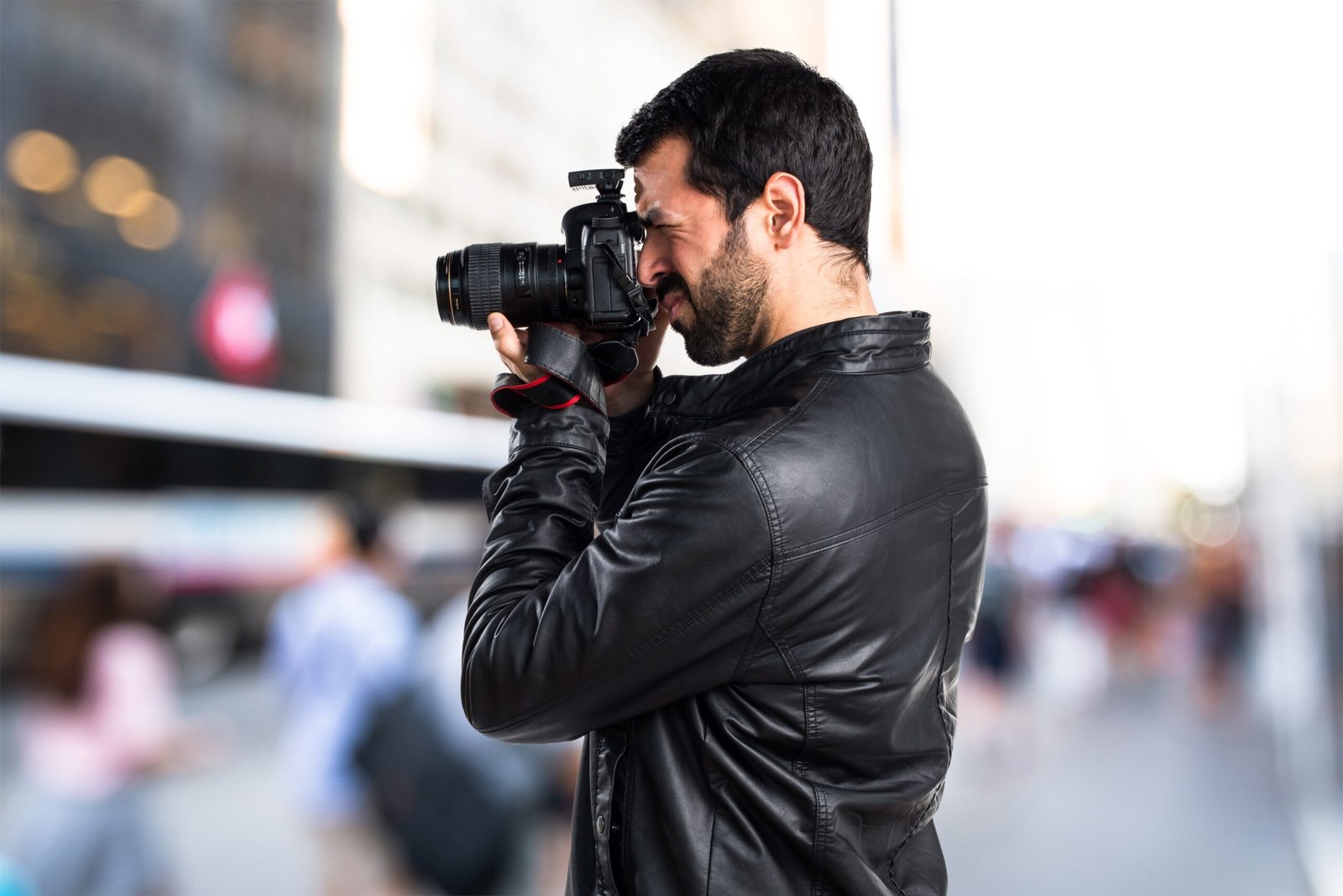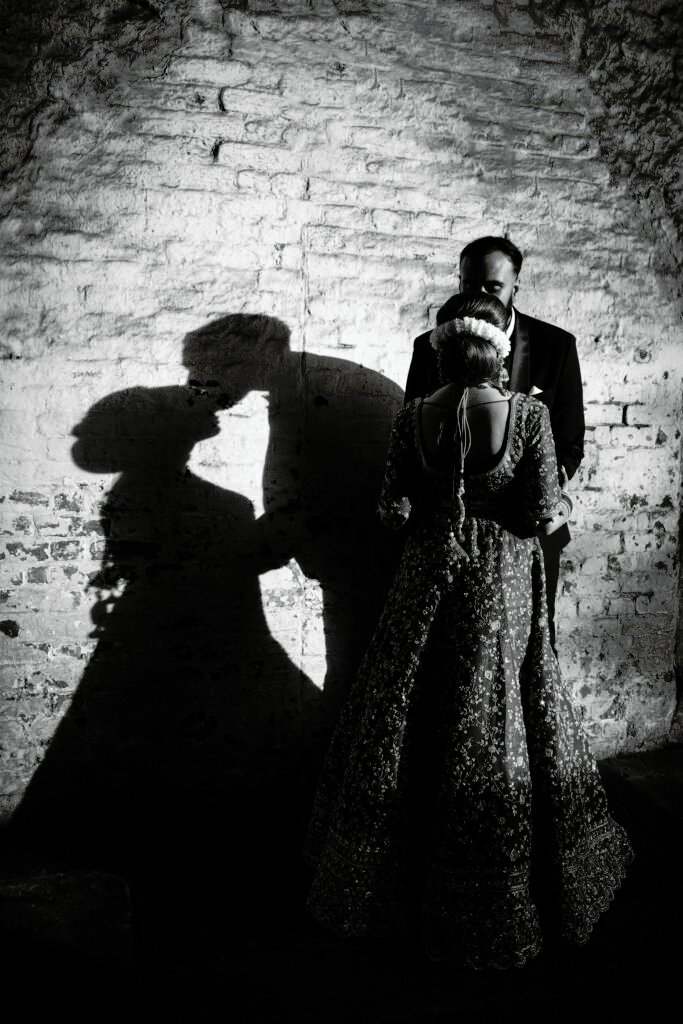
Documentary photography is a powerful genre of photography that narrates and gives an overall account of actual events, people, or conditions. In opposition to other photographic genres that could be preoccupied with beauty, technique, or interpretive creativity, documentary photography tries to document moments naturally. Its result is to document reality and offer a true record of what the photographer perceives, generally without the use of artificial staging and manipulation.
Documentary photography is, in one way or another, recording history. It provides the coming generations with an opportunity to come back and understand people and communities’ strife, happiness, and daily existence. The power of documentary photography lies in the fact that it follows reality and paints a real image of human beings’ lives.
The Role of Documentary Photography

In fact, documentary photography is visual storytelling. The photographed images are usually emotive, reflective, or even activist photos. They may capture anything from social injustices and environmental issues to rural backwoodsy life. A good documentary photo does not merely show how something looks; it shows what it is like to experience it.
For instance, documentary style is frequently employed by photojournalists to report breaking news or cover stories involving deep penetration of the story itself. Such photographers try to imbue the photos with a feeling of immediacy, that impression of looking directly at the happening as it’s happening, the viewer experiencing what the photographer has seen through their own eyes.
The Need for Authenticity
Documentary photography is real. The intention is to present the real world without manipulating the subject or situation. Documentary photography is distinct from more concept-oriented or beauty-oriented photography due to it. A documentary photographer will go the extra mile to present the reality in his photos, even when it’s difficult or unpleasant.
Though documentary photographers must still make choices (e.g., composition, framing, timing), the most important issue is being true to the moment. From taking a glance at a child’s face when seeing destruction to capturing the grit of a factory worker, there is an emphasis on capturing the truth as it happens. The hope is to educate, to inform, or to spark a conversation that would not otherwise take place.
The Impact on Society
One of the strengths of documentary photography is that it can expose social problems. From human rights abuses to poverty complaints, documentary photography has caused a stir and prompted action. Perhaps the ultimate example is the photographs taken during the Great Depression by such photographers as Dorothea Lange. Her now iconic photographs of migrant workers brought public attention to their situation and directly aided governmental policy.
In addition to social matters, documentary photography will have to depict the beauty of cultural differences and peculiarities of different people. Documentary images can evoke sympathy and feelings of compassion in communities and wash away their stereotypes and international solidarity.
Challenges of Documentary Photography

As great as the mission of documentary photography is, there are risk factors involved, too. One of the greatest conundrums a photographer can get himself into is partaking in the activity itself or not. Assuming, for instance, a photographer just so happens to meet someone who is distraught, does the photographer step in and help the person, or does they stay behind and capture the story of the problem?
Bias is one such problem. Owing to its attempt at maintaining objectivity, photographers are likely to be in thrall of their own beliefs or culture and interpret and depict an event. This is the reason documentary photography will always have criticisms and will be scrutinized, especially about the composition or the editing of the photographs.
Despite all these adversities, documentary photography remains the most authentic and strongest form of expression of the diversity of our world.
The Evolution of Documentary Photography
Documentary photography has transformed since its humble beginnings. Historically, photographers used to document events of history and social revolutions through black-and-white photos. Today, after the onset of the digital camera, the sheer utility of the idea that one may take a picture and put it on the net within seconds has completely changed the milieu of documentary photography. Photographers can now share their photos with the world just by pressing a button.
But even as technology has changed the very act of photography, the nature of documentary photography has not changed. The intent is still that of recording real moments, capturing history, and creating sympathy through good storytelling in photographs. The ease of dissemination of photographs has given documentary photographers an even louder voice because photographs can go wildfire-like and create awareness within hours.
Conclusion
Documentary photography is a medium that freezes the world, recording events that otherwise would be lost. It’s a method of bringing history to life, relating the stories of the downtrodden, and bringing attention to causes that need it. The veracity and emotional power of documentary photographs can have the potential to alter public opinion, create real debate, and ultimately lead to change.
It is by way of documentary photographers that we are familiarized with taking note of the world we live in. Regardless of what period is being covered, be it a time of happiness, a time of hardship, or a time of achievement, documentary photographers give us a chance to peek at life the way it happens in all of its natural and actual senses. In a world in which things were so readily manipulated or disregarded, documentary photography guarantees that what is being seen is the truth.

